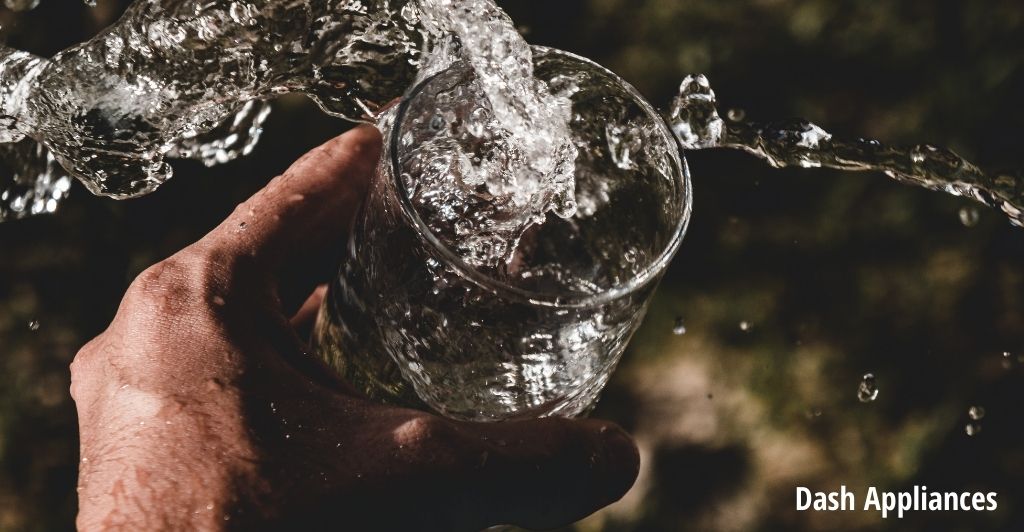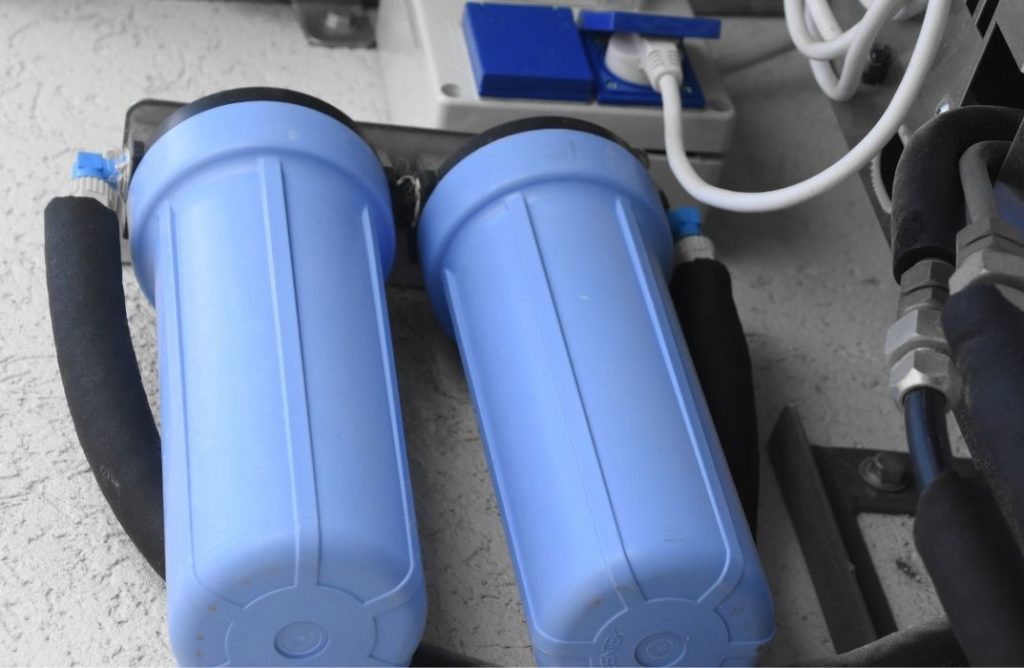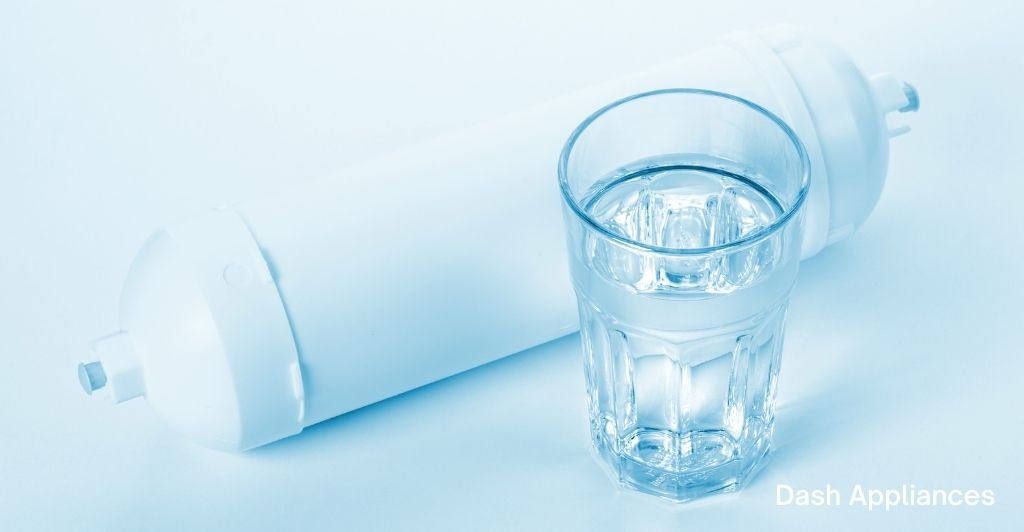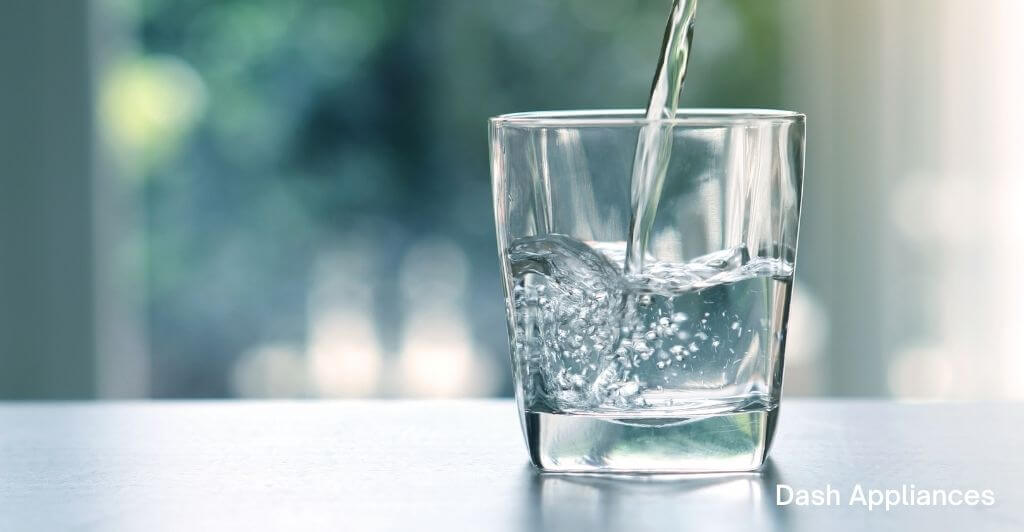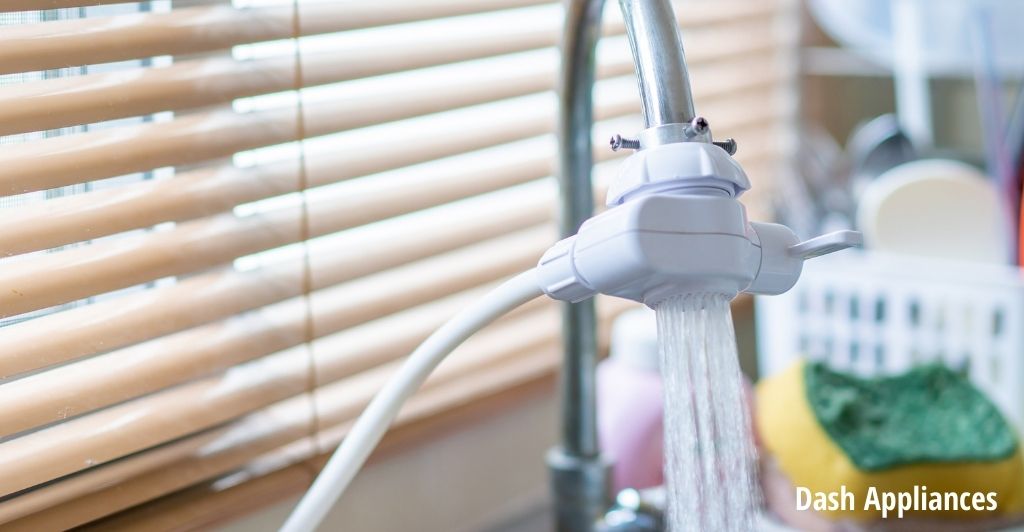Chlorine is known to be a beneficial chemical as it acts as a disinfectant in drinking water and pools.
On the other hand, excess exposure to chlorine has a lot of dangers that one should know about and you must have a lot of questions related to chlorine such as the levels of chlorine that are safe to consume, does chlorine have immediate harmful effects, and many others each one of which will be answered in this article.
We will also explain you how you can quickly remove chlorine in drinking water. Let’s get started…
Is It Safe For You To Drink Chlorine?
The United States EPA has regulations regarding the chlorine’s amount in our drinking water and the levels are as such that they are safe to consume. These levels of chlorine are not harmful and won’t have any health effects on your body.
Chlorine has the property of combining with the organic matter which naturally occurs in the water. This leads to the formation of compounds which are known as disinfection byproducts or DBPs. These DBPs can be harmful to your body if your body is exposed to them regularly and for a long time.
However, the limits of these DBPs are also regulated by the U.S. EPA and all the public water systems are regularly tested for the same.
The Harmful Effects Of Chlorine
Chlorine is a very strong chemical and this is the reason why it is very common for it to be used as a disinfectant in drinking as well as pool water.
Drinking chlorine does not have immediate effects or you won’t face any immediate health issues. However, the consumption of chlorinated water for a long time can have several major health effects such as:
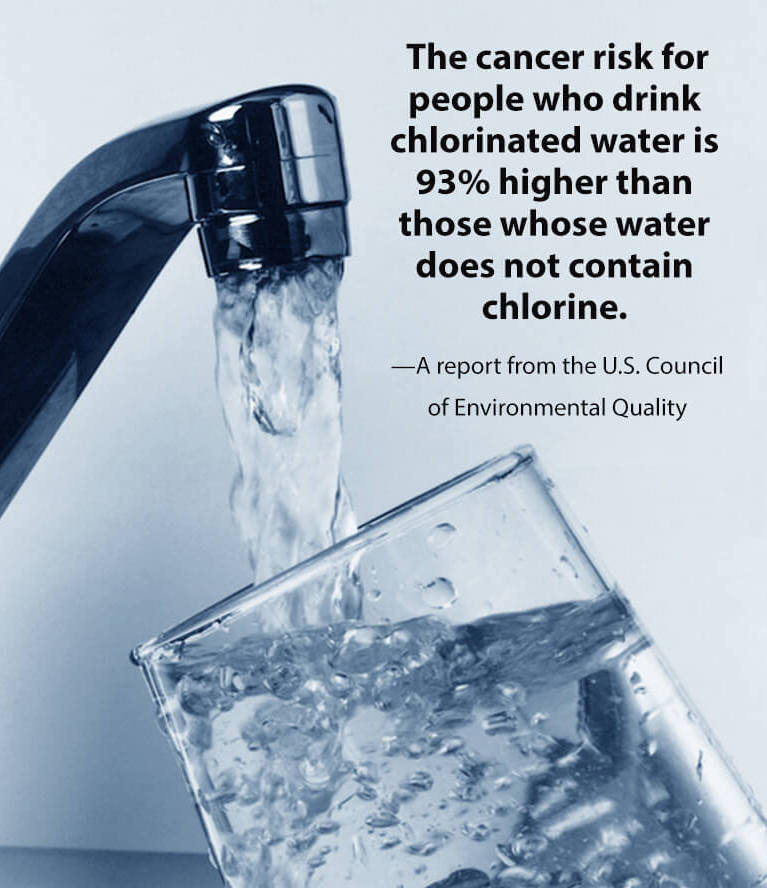
Bladder Cancer
THMs are known to be the byproducts of chlorination and these byproducts are the cause of bladder cancer.
It was observed that 17% of the cases of bladder cancer were caused due to intake of water with heavy amounts of chlorine in it. The EPA has come up with the maximum levels of chlorine contamination in drinking water as it observed the number of cases of bladder cancer due to THMs.
Miscarriages
The byproducts of chlorination can also adversely affect your body’s reproductive system and it can lead to several problems related to the reproductive system, one of them being miscarriages. TTHM is the byproduct of chlorination which is the reason behind miscarriages.
Effects on your nervous system
The effects on your nervous system due to the consumption of chlorine water can be mainly seen in infants and children. Pregnant women can also be a victim of these effects and a few people may also get anemia.
Breast Cancer
Women who drink chlorinated water on a regular basis have a higher chance of getting breast cancer. Women who are suffering from breast cancer have 50%-60% higher levels of byproducts of chlorine in their fat tissues in comparison with those women who do not have breast cancer.
What Are The Ways To Remove Chlorine in Drinking Water?
Three different methods are there to remove chlorine from water. These methods are known to be effective and they get rid of chlorine properly. Your choice of method depends upon your convenience and these methods are:
- Evaporation
- Chemical Neutralization
- Filtration
Evaporation is a slow and time taking process, but it is a technique that is effective and it works in such a way that it disperses chlorine. Filtration is another technique that uses reverse osmosis as a way to get rid of chlorine along with several other impurities that might be there in your drinking water.
If you use it properly, filtration is a process that is so powerful that it can get rid of almost any impurity in your drinking water. Talking about chemical purification, it is a process where certain chemicals are added to the water in order to neutralize and balance the chlorine.
This process might sound dangerous, but once these chemicals get neutralized, they evaporate from the water and ensure that you get healthy drinking water.
Let us take a look at each one of these processes in detail.
1. Evaporation
Evaporation is known to be one of the easiest ways to eliminate chlorine from water. This is because chlorine is very volatile and it evaporates without any trouble.

This method is also suitable for anyone who doesn’t want to spend money on the process. Just let the water stand and your job will be done. However, a drawback of this method is that it takes a lot of time.
The time that it will take to evaporate chlorine from water solely depends upon the environment. If the air is warm, the chlorine will evaporate quickly. If you want the process to be quick, you should leave the water at room temperature. The upside of using this method is that you won’t have to spend a penny, as everything will happen naturally.
2. Filtration
Filtration is a process that can be done by using several filtration systems. A variety of filtration systems use the technique of reverse osmosis to do the job.
A permeable membrane is used to throw out all kinds of unwanted particles, ions, chlorine, and impurities from the water.
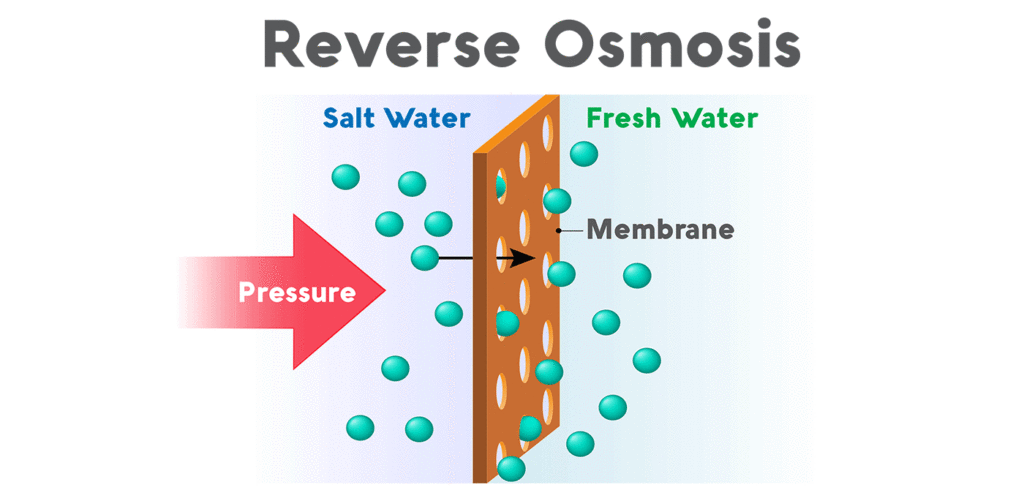
Several reverse osmosis systems out there are made for homes and it is a highly effective method of getting rid of chlorine.
3. Chemical Neutralization
Last but not the least, chemical neutralization is the process where certain chemicals are added to the water to eliminate the chlorine. Potassium Metabisulfite is known to be the best chemical to eliminate chlorine and it is in the form of small tablets. Once you put the tablet inside the water, it will neutralize with chlorine and then it’ll get evaporated.
This method is mostly used in breweries and wineries. It is considered to be an effective method of eliminating chlorine and one tablet of the chemical can eradicate chlorine from 20 gallons of water. This means that it won’t be too much for your pocket as well. Not only that, but it is also quick and can be done in a few minutes.
What Is The Reason Behind the Addition Of Chlorine In Drinking Water?
Chlorine is simply added to drinking water because it acts as an effective disinfectant and as a result, it gets rid of all kinds of bacteria, viruses, protozoans, and other many unwanted particles from the water. This means that chlorine purifies your water and it makes it safe for us to drink.
Conclusion
In this article, we got to know about the reasons for adding chlorine water, how chlorine can have bad effects if you consume it in the long-term, the methods of removing chlorine water and everything else that might be in your head. We hope that this article helped you solve your answers and that you are well-versed with everything you needed to know regarding chlorine in your drinking water.
